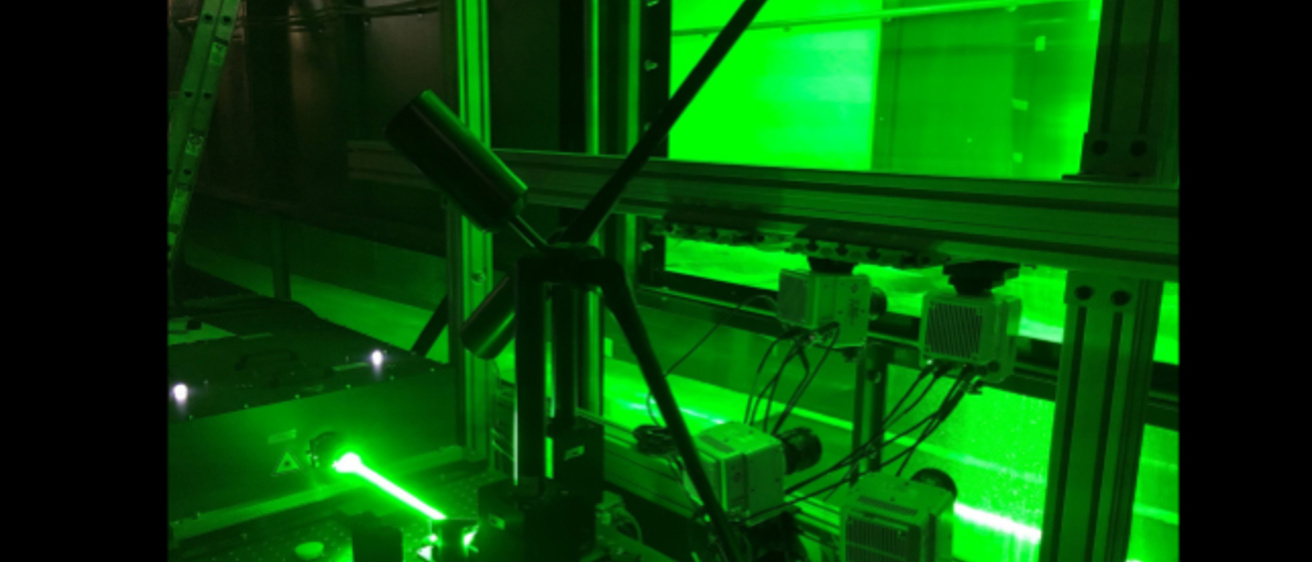Influence of Boundary-Layer Wakes on Measurements and Modeling of Surface Fluxes

Wakes are generated by complex terrain, tall vegetation, and structures such as buildings and wind turbines, leading to flow separation, reduced wind speeds and increased turbulence in the atmospheric boundary layer (ABL). Due to the extent of wake-generating features on Earth’s surface, wakes play an important role in turbulent transport and surface fluxes, affecting measurements of ecosystem-atmosphere exchange and numerical models for weather, hydrology, and wind forecasting. Large wind turbine arrays are becoming a significant feature with the rapid development of onshore and offshore wind farms that must be accounted for in surface-atmosphere models (Markfort et al., 2017; Zhang et al., 2013). Our research strives to better understand the effects of wakes on the coupling between the ABL and the surface boundary layer (SBL) of coastal oceans, estuaries, and inland waters to improve descriptions of air-water interaction in next generation land-water-atmosphere models (Markfort et al., 2010). Scanning Doppler wind LiDARs, laser-based, time-resolved, 3D flow-field measurements, and Large-Eddy Simulation (LES) are used to investigate the effects of wakes on surface-atmosphere interactions and the effect on surface fluxes and ecosystem processes.
Measurements of coupled atmospheric boundary layer, surface waves, and surface boundary layer turbulence

Turbulence coupling across the air-water interface of the ocean, estuaries, and inland waters drives water temperatures, stratification, and mixing, which affects ecosystem productivity and water quality. Coupling of high and low momentum may explain the presence of large-scale flow patterns, e.g. Langmuir Circulations. We are developing measurement techniques using duel time-resolved, stereo-PIV to quantify the dynamics coupling of the two-boundary layer system. The air-side boundary layer is developed over a free water surface to a boundary layer depth of approximately 50 cm. This allows for investigation of turbulence with a wide range of scales. Flow field measurements collected at 750Hz and millimeter resolution provide detailed 3D velocity information. Image processing techniques applied to the combined air and water images allow for automated surface tracking. Flow over breaking waves, spray generation, and interactions with structures such as model offshore wind turbines are investigated (Markfort and Stegmeir, APS DFD 2018).
Team members and collaborators: Stephen Cropper (Grinnell), Wei Zhang (CSU)
